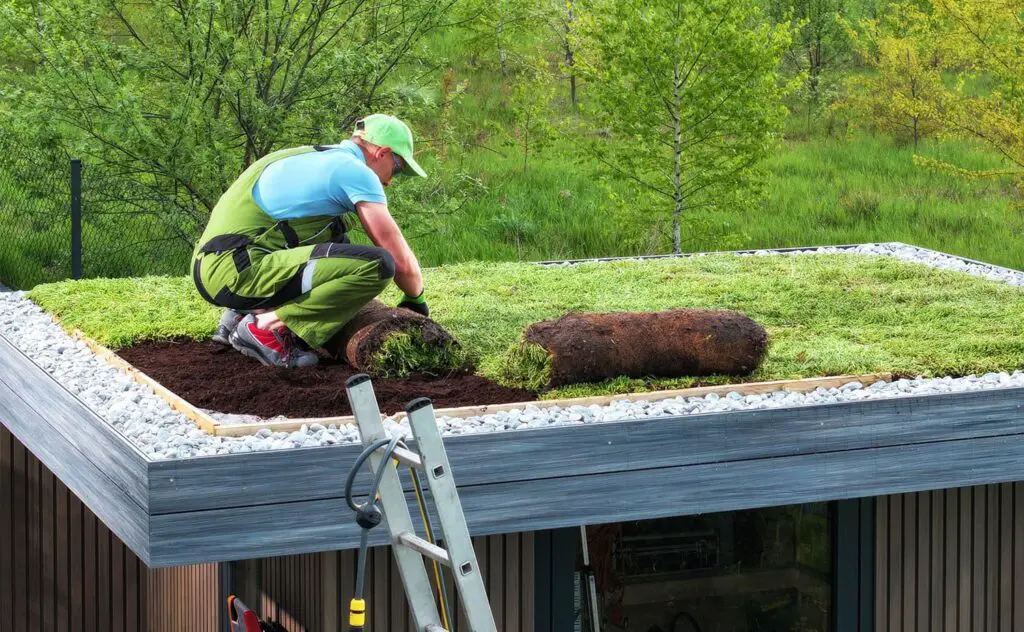Introduction
In today’s world, the urgency to adopt eco-friendly practices has never been greater. As we face the realities of climate change, environmental degradation, and resource depletion, sustainable living is no longer an option but a necessity. One significant aspect of this shift is the adoption of eco-friendly roofing designs. Roofing, often overlooked in sustainability discussions, plays a crucial role in enhancing energy efficiency, reducing carbon footprints, and promoting environmental stewardship. This article delves into various sustainable roofing options, examining their benefits, materials, and the impact they can have on creating a greener home.
The Importance of Sustainable Roofing
Before exploring specific eco-friendly roofing designs, it is essential to understand why sustainable roofing matters. Traditional roofing materials, such as asphalt shingles, are notorious for their environmental impact. They often end up in landfills, contribute to urban heat islands, and require significant energy for production. In contrast, sustainable roofing options not only minimize environmental harm but also offer additional benefits such as improved energy efficiency, longevity, and even potential cost savings over time.
Types of Eco-Friendly Roofing Designs
1. Green Roofs
Green roofs, also known as living roofs, are one of the most visually striking and beneficial eco-friendly roofing options. They involve the installation of vegetation, such as grasses, herbs, and small shrubs, on the rooftop. These plants create a natural insulation layer, reducing the need for artificial cooling and heating. Additionally, green roofs absorb rainwater, reducing runoff and mitigating the risk of urban flooding.
The benefits of green roofs extend beyond individual homes. They contribute to urban biodiversity by providing habitats for birds and insects and help combat the urban heat island effect, where cities become significantly warmer than their rural surroundings due to human activities. Moreover, green roofs improve air quality by capturing airborne pollutants and releasing oxygen.
2. Solar Roofs
Solar roofs, often equipped with photovoltaic (PV) panels, are another popular eco-friendly roofing option. These roofs harness the sun’s energy to generate electricity, significantly reducing reliance on fossil fuels. Homeowners with solar roofs can often generate enough energy to power their homes, sometimes even selling excess electricity back to the grid.
The environmental benefits of solar roofs are immense. They reduce greenhouse gas emissions, decrease dependence on non-renewable energy sources, and can lead to substantial long-term savings on energy bills. Additionally, advancements in solar technology have made PV panels more efficient and aesthetically pleasing, blending seamlessly with various architectural styles.
3. Cool Roofs
Cool roofs are designed to reflect more sunlight and absorb less heat compared to standard roofs. This is achieved through the use of highly reflective materials, such as white or light-colored coatings, tiles, or shingles. By reflecting sunlight, cool roofs help reduce the amount of heat entering a building, thereby lowering cooling costs and energy consumption.
The adoption of cool roofs is particularly beneficial in hot climates, where they can significantly reduce the urban heat island effect. Additionally, by decreasing the need for air conditioning, cool roofs help reduce the strain on electrical grids during peak usage times, promoting overall energy efficiency.
4. Recycled and Sustainable Materials
Using recycled and sustainable materials for roofing is another effective way to minimize environmental impact. Options include recycled metal roofs, reclaimed wood shingles, and rubber roofing made from recycled tires. These materials reduce the demand for new raw materials and decrease waste in landfills.
Recycled metal roofs, for example, are durable, fire-resistant, and can last for up to 50 years. Reclaimed wood shingles offer a rustic, natural aesthetic while promoting the reuse of existing materials. Rubber roofing is highly durable, weather-resistant, and often comes with long warranties, making it a cost-effective and eco-friendly choice.
5. Living Roofs
Living roofs, often confused with green roofs, involve the use of specially designed systems that support the growth of a variety of plant species. Unlike traditional green roofs, living roofs can support more complex ecosystems, including wildflowers, grasses, and even small trees. These roofs provide significant insulation benefits, reduce stormwater runoff, and create habitats for wildlife.
Living roofs are particularly beneficial in urban areas where green spaces are limited. They offer a way to bring nature back into cities, improving mental health and well-being for residents while contributing to biodiversity and environmental sustainability.
Conclusion
The shift towards eco-friendly roofing designs is a vital step in creating sustainable, energy-efficient, and environmentally responsible homes. By adopting green roofs, solar roofs, cool roofs, and using recycled materials, homeowners can significantly reduce their carbon footprint, lower energy costs, and contribute to a healthier planet. Each of these roofing options offers unique benefits, making it easier for individuals to find a solution that fits their specific needs and preferences.
In conclusion, sustainable roofing is not just a trend but a necessity in our collective effort to combat climate change and promote environmental stewardship. As technology advances and more people become aware of the benefits of eco-friendly roofing, it is likely that these sustainable options will become the norm rather than the exception. By making informed choices today, we can pave the way for a greener, more sustainable future for generations to come.


